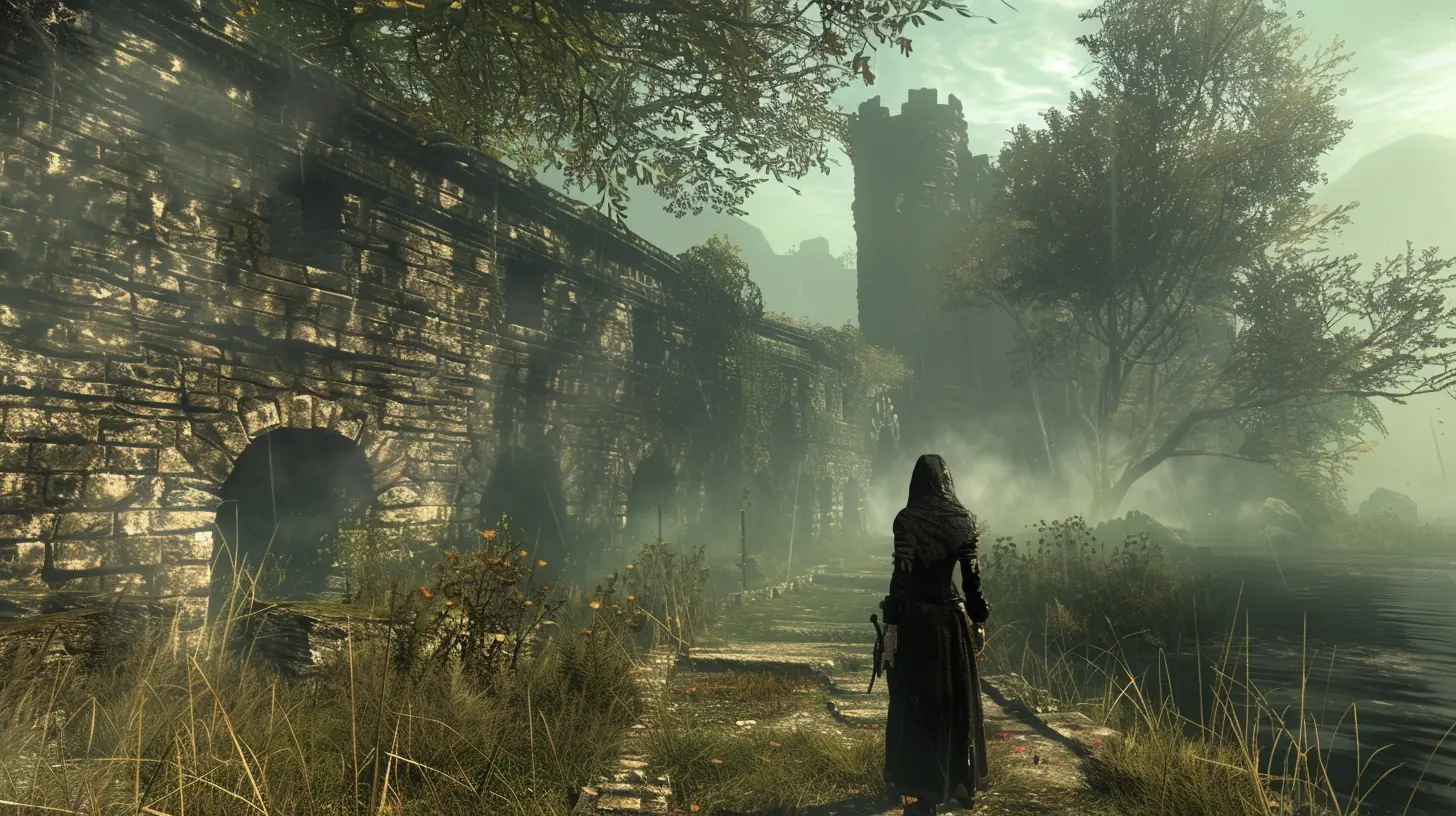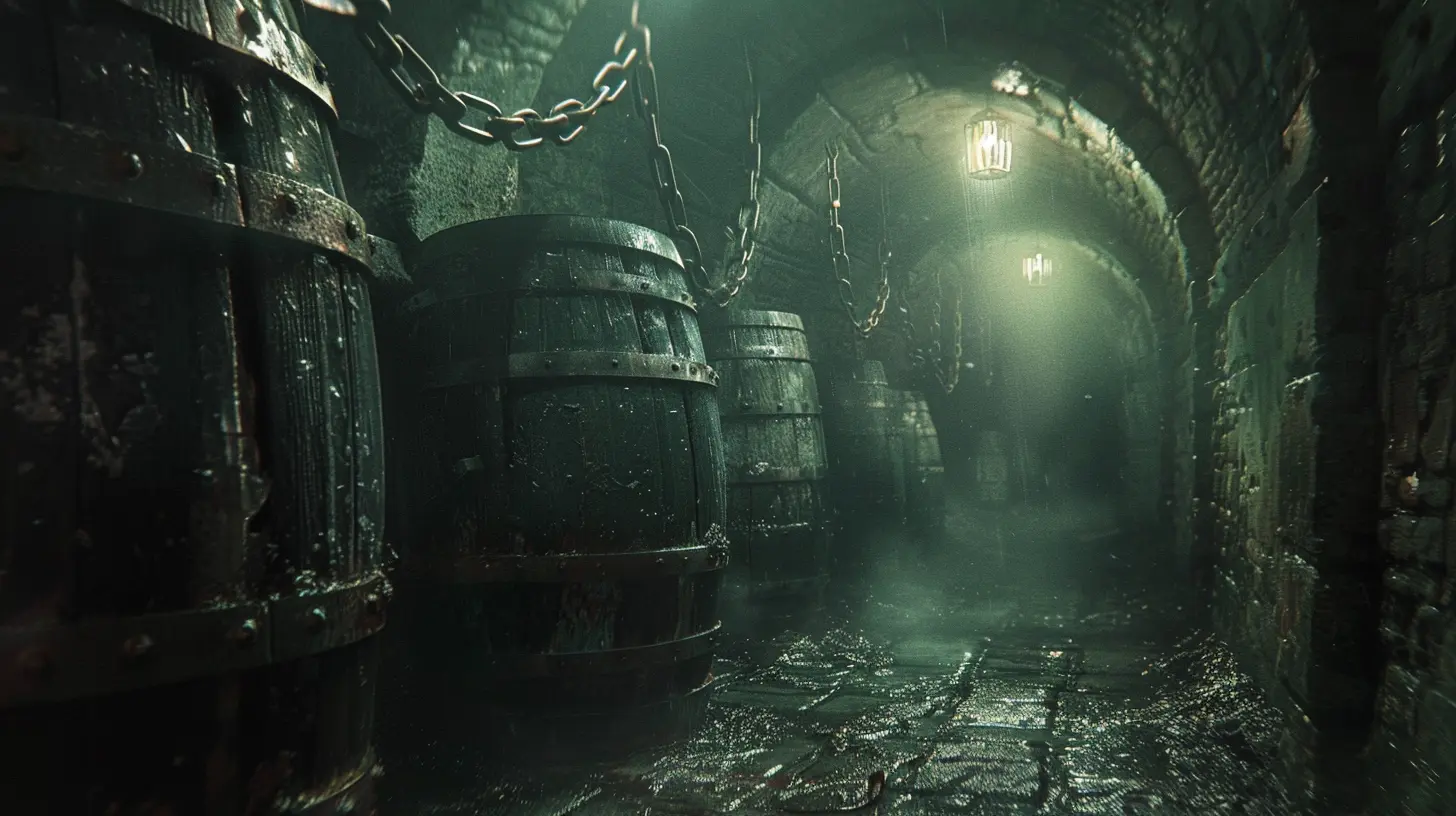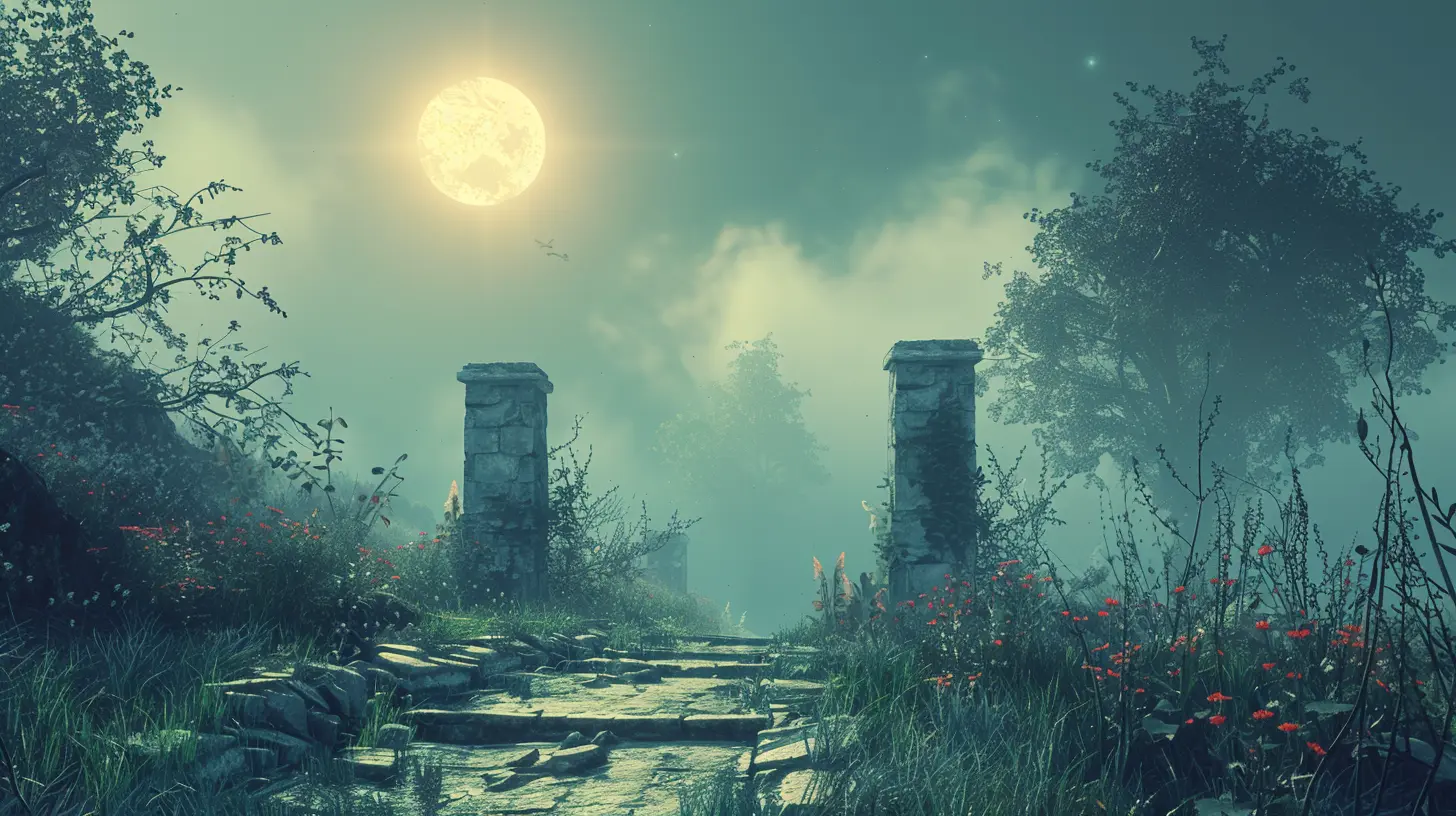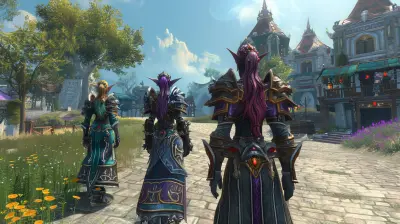Stamina Systems: Adding Depth or Limiting Freedom?
20 May 2025
Video games have evolved dramatically over the years, offering players immersive worlds brimming with challenges, stories, and mechanics. One such mechanic that has become a hot topic in recent years is stamina systems. Love it or hate it, we've all encountered that moment in a game where our protagonist slows down, gasping for air while an unseen stamina bar creeps back to life. Some players praise it for adding depth; others argue it shackles their sense of exploration and freedom. But where do we draw the line? Are stamina systems really a clever design choice, or are they just another frustration-inducing feature?
Let’s break it down and take a closer look at how stamina systems work, their pros and cons, and whether they truly enhance the gaming experience.
What Are Stamina Systems in Games?
If you’ve picked up a modern action or RPG title, chances are you’ve encountered a stamina system. Simply put, a stamina system is a resource that limits how many actions a player can perform before needing recovery. Running, dodging, climbing, attacking—these actions all typically drain your stamina bar. Once it’s depleted, you’re forced to pause (often in the worst possible moment) and wait for it to recharge.Stamina systems are most commonly found in genres like survival games, soulslike games (think Dark Souls), or open-world adventures (The Legend of Zelda: Breath of the Wild, anyone?). They introduce an element of resource management, forcing players to think carefully before lunging into combat or attempting an ambitious climb.
The Case FOR Stamina Systems: Adding Depth and Strategy
Some players argue that stamina systems add a welcome layer of depth to a game. It’s not just about mashing buttons—stamina systems make you consider your actions in advance, rewarding strategic thinking. Let’s dive into some of the reasons people love them:1. Encourages Tactical Gameplay
Games like Dark Souls thrive on stamina mechanics. Every swing of your sword, every roll to dodge an enemy’s attack—it all consumes stamina. This forces you to fight smart rather than recklessly. You can’t just charge in and spam attacks; you have to study your enemy’s moves and time your responses carefully. It becomes less about brute force and more about finesse.2. Creates Tension and Immersion
A well-designed stamina system can immerse you in the game world. Picture this: you’re climbing a towering cliff in Breath of the Wild. Your stamina bar is on its last legs, and you’re praying you’ll reach the top before it’s too late. That moment of tension? That’s the stamina system working its magic, pulling you into the experience and making every decision feel high-stakes.3. Balances Overpowered Mechanics
Stamina systems can also be a tool for balancing gameplay. For example, without stamina limits, sprinting indefinitely in an open-world game might trivialize exploration. In combat-focused games, restricting how many attacks or dodges you can perform ensures that fights remain challenging and engaging instead of turning into repetitive hack-and-slash chaos.
The Case AGAINST Stamina Systems: Limiting Freedom and Fun
Now, let’s flip the coin. Not everyone’s a fan of stamina systems—and for good reason. There’s a valid argument that these mechanics can feel restrictive and even downright frustrating at times. Here’s why:1. Breaks the Flow of Gameplay
You’re in the middle of an intense chase or battle, adrenaline pumping, and then—bam—you’re out of stamina. Suddenly, your character is wheezing and barely moving while enemies close in. Moments like this can completely kill the momentum and leave you feeling helpless. Where’s the fun in that?2. Punishes Exploration
If you’re someone who loves exploring vast virtual worlds, stamina systems can feel like a leash. Want to climb that beautiful mountain in the distance? Hope you’ve upgraded your stamina bar, or else it’s straight back to the bottom for you. Instead of encouraging freedom, stamina systems sometimes feel like an arbitrary obstacle that punishes curiosity.3. Annoyance Over Realism
Sure, stamina bars add realism. No one can sprint forever, right? But here’s the thing: games don’t have to be realistic to be fun. We don’t play as heroes to relive the exhaustion of running up a hill in real life. When realism starts to interfere with the enjoyment of a game, it’s worth questioning whether it’s the right design choice.
Striking a Balance: Can Stamina Systems Coexist with Freedom?
Clearly, stamina systems have both their fans and critics. So, is it possible to find a middle ground? Some games have managed to implement stamina mechanics in ways that feel rewarding rather than restrictive. Here’s how:1. Flexible Systems
Games like Monster Hunter use stamina systems, but they also give players tools to manage it. Whether it’s through consumables like stamina-boosting meals or in-game skills that reduce stamina usage, players have options. Flexibility is key here—it allows players to adapt the system to their playstyle.2. Gradual Progression
Games that tie stamina to progression, like Breath of the Wild, offer players the opportunity to expand their stamina bar over time. While the system can feel limiting at first, the gradual improvements give a satisfying sense of growth. By the end of the game, your character feels powerful and unrestricted, making those early frustrations worth it.3. Contextual Design
Some games implement stamina systems only in specific scenarios. For example, stamina might only drain during combat or when climbing intense terrain. This ensures that the mechanic serves a purpose without feeling overbearing in every part of the game.Are Stamina Systems Here to Stay?
Whether you love them or hate them, stamina systems aren’t going anywhere anytime soon. For some developers, they’re an essential tool for adding strategy or realism. For others, they’re a creative way to balance gameplay and challenge the player. But at the end of the day, their success hinges on how well they’re implemented. A poorly designed stamina system can drag an otherwise great game down, while a thoughtful one can elevate the experience to new heights.Final Thoughts: The Verdict on Stamina Systems
So, are stamina systems adding depth or limiting freedom? Honestly, it depends on who you ask—and how the game implements them. Used correctly, they can create memorable moments of tension, reward strategy, and bring a layer of realism to the gameplay. But if overused or poorly implemented, they risk feeling like an unnecessary hurdle that stifles creativity and fun.As gamers, we all have our breaking points (no pun intended!). Some of us love the thrill of managing our stamina bar like a pro, while others just want to roam freely without worrying about collapsing after a five-second sprint. And that’s okay! At the end of the day, different games appeal to different players, and that’s what makes gaming so diverse and exciting.
What’s your take on stamina systems? Do you savor the challenge or dread the limitations? Share your thoughts in the comments below (because let’s face it, this debate isn’t ending anytime soon).
all images in this post were generated using AI tools
Category:
Game MechanicsAuthor:

Francesca West
Discussion
rate this article
4 comments
Aisha McQuade
Stamina systems can enhance strategy and resource management, but may frustrate players seeking seamless exploration and freedom.
June 1, 2025 at 3:47 AM

Francesca West
Thank you for your insight! Balancing stamina systems is crucial; they can deepen strategy without hindering the player's sense of exploration.
Kimberly Flores
Stamina systems enhance strategy by introducing resource management, challenging players to make tactical choices. Embracing limitations can lead to richer gameplay experiences and deeper immersion.
May 28, 2025 at 3:15 AM

Francesca West
Thank you for your insightful comment! I completely agree that stamina systems encourage players to make strategic decisions, enhancing both gameplay depth and immersion.
Orion Wyatt
Great insights! Stamina systems can enrich gameplay experiences!
May 22, 2025 at 3:20 PM

Francesca West
Thank you! I appreciate your thoughts on how stamina systems can enhance gameplay. It's an interesting balance!
Trixie McCord
Stamina systems can enhance gameplay by introducing strategic decision-making, forcing players to consider their actions carefully. However, they may also restrict freedom, potentially frustrating players who prefer fluid exploration. Ultimately, a well-balanced approach is essential to ensure these systems enrich the gaming experience rather than hinder it.
May 20, 2025 at 1:09 PM

Francesca West
I agree that stamina systems can add depth by promoting strategic decision-making, but they must be balanced to avoid frustrating players who value exploration and fluidity. A thoughtful implementation can enhance the experience without limiting freedom.



